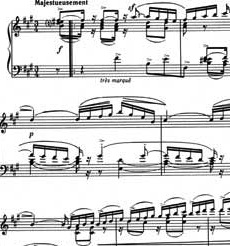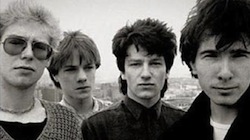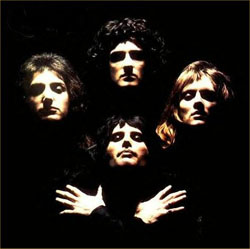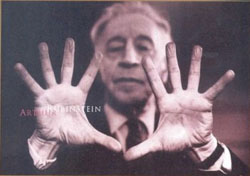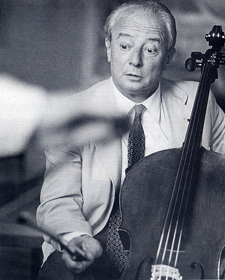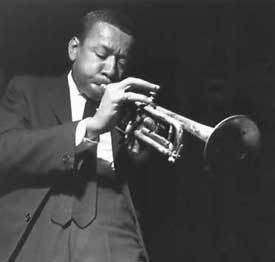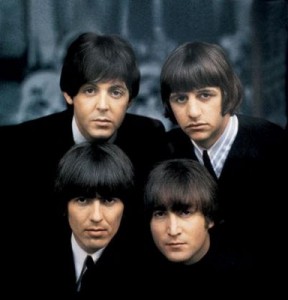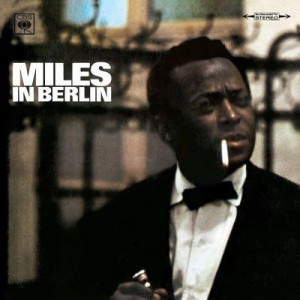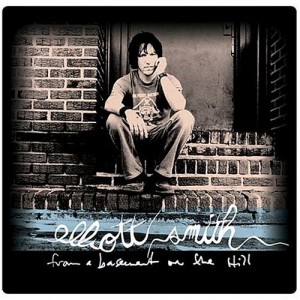Tonight’s picks come from the middle of the U2 stack, a not-so-complete Ravel complete piano music and a VERY complete set of Mozart piano music (Ingrid Haebler’s on Philips).
So first of all, has anyone seen disc 2 of my Angela Hewitt complete Ravel piano set? How many more discs will I open up to find missing? I’ve always felt like I am very careful with my discs, but what does this mean if on Day 6 I am already down a disc???
I have been quite the Ravel enthusiast since I started composing. His later work has such a clarity and elegance to it. So even though I already had a couple of complete sets of his piano work, when Angela Hewitt released her recordings I was quite excited. I love her Bach recordings, and I expected the same kind of care would be apparent with her Ravel recordings. And for the most part it is there. Her “Le Tombeau de Couperin” is beautifully done and ‘Jeux d’eau’ is shimmery. The recordings themselves though seem a little flat compared to the Pascal Roge discs. As with most recent rock recordings, I think there is a bit of compression in the recordings, and as a result they aren’t as dynamic and nuanced as the Roge discs.
‘War’, ‘Under a Blood Red Sky’ and ‘The Joshua Tree’ were the three U2 discs, and I have to say that one of my bigger disappointments in U2 is that in my mind they are one of the bands most responsible for the loss of dynamics in rock recordings. As digital recording became more and more common, U2 was one of the bands that led the way in exploring how best to take advantage of the format. The change in production quality between ‘The Joshua Tree’ and ‘Achtung Baby’ is pretty amazing, but by the time you get to ‘All That You Can’t Leave Behind’ I feel like you aren’t hearing much of the band anymore. It doesn’t matter if they play soft for a couple notes, it will all get cancelled out in the production. And the sound of the instruments is drowned in effects.
Not so with these three albums though. I had a great conversation with my friend Izzy at Origin 23 here in Tacoma a couple weeks ago after I heard ‘Seconds’ follow up ‘Sunday, Bloody Sunday’ on the sound system. I love it when someone plays an entire album and ‘War’ is a great entire album to play. I mentioned how much I loved hearing ‘Seconds’ (which I think is the best song on the album) and Izzy and I immediately started talking about how great a drummer Larry Mullen is. And ‘War’ just may be his peak in my opinion. While I think the song writing on ‘Joshua Tree’ and ‘Achtung Baby’ is better, the feel of ‘War’ has a cool drive to it. Edge’s playing is great, Bono doesn’t feel like he has started to pull ahead of the rest of the band yet (well, he always seemed to put himself ahead of everyone, but this gets to be much worse later) and Adam Clayton’s playing drives just as strongly as Larry Mullen Jr’s drums.
Tamiko and I saw U2 during the Zoo TV tour (supporting ‘Achtung Baby’ but before ‘Zooropa’ came out). Even with a very sick Bono taking the stage, HUGE screens of TVs and cars hung overhead to use as stage lights, they put on an amazing show. And I remember that hearing them live without the benefit of studio production made the songs from ‘Achtung Baby’ sound so much better. While the tour was promoted as an ‘out with the old in with the new’ kind of deal, the second half of the show had a few older songs as well as a cover of ABBA’s ‘Dancing Queen’.
Or maybe it was being at a concert with Tamiko (one of our first concerts together). I especially remember holding her close while they played ‘All I Want Is You’. ‘With or Without You’ was an encore. The concert did sound good, but the date was even better.


